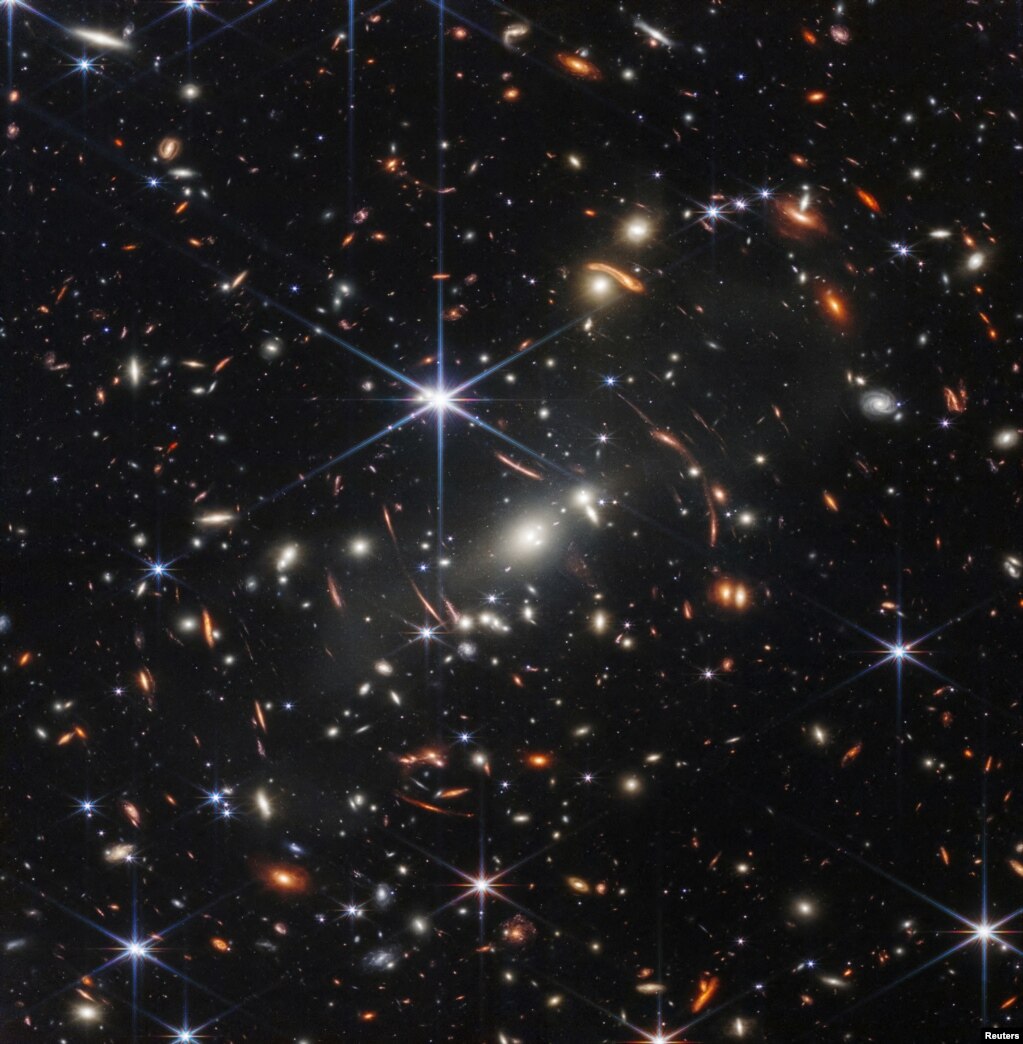NASA on Tuesday, July 12, also released some new pictures taken by the James Webb telescope, which show, among other things, a dying star.
The first image from the James Webb Space Telescope was released Monday at the White House, showing a cluster of distant galaxies in the oldest and most detailed view humanity has ever seen.


The four new pictures show other cosmic beauties.
“Each image is a new discovery, and each image will give humanity a picture we haven’t seen before,” said NASA Administrator Bill Nelson, as he said the new images show “the formation of stars and devouring black holes”.
The telescope’s use of the infrared light spectrum makes it possible to see through cosmic dust and “see the distant light at the edges of the universe,” he said.
“We have really changed the meaning of our universe,” said the director general of the European Space Agency, Josef Aschbacher.
The space agencies of Europe and Canada joined NASA to create this powerful telescope.
What do the new NASA images show?
– The Southern Ring Nebula, which is often called the “eighth explosion”. This planetary nebula is located about 2,500 light-years away and shows a cloud of gas expanding and surrounding a dying star. A light year is 9.4 trillion kilometers.


– The Carina Nebula, which is one of the brightest planetary nebulae in the sky and is located about 7,600 light-years away.


– Five galaxies during a cosmic dance, 290 million light years away. These five galaxies, known as the Stephanian Quintessence, were first seen 255 years ago in the constellation Pegasus.
– A blue giant planet called WASP-96b. This planet is about the size of Saturn and is located 1,150 light years away.
The images were revealed one by one during an event held at NASA’s Goddard Center.
The James Webb Space Telescope was launched into space last December. In January, it reached a distance of 1.6 million kilometers from Earth.








